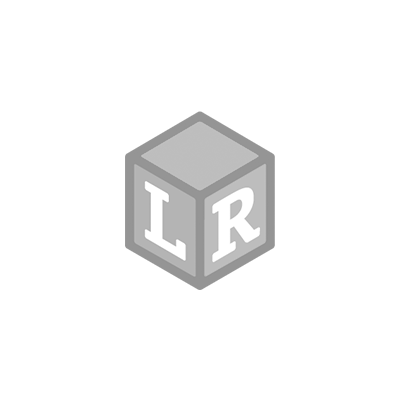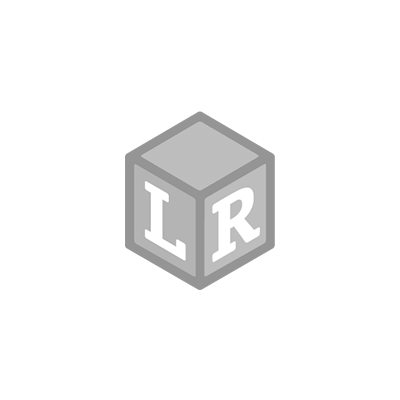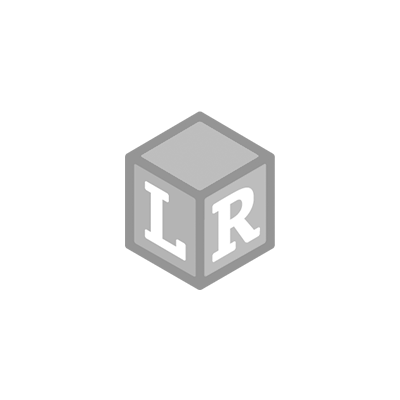
DIY Dinosaur Sensory Bin!
- Patria Lincoln Posted On Apr 8, 2019 | STEM
In the early childhood or special education classroom, sensory bins are a staple! They allow your students to explore tons of different textures and materials and can help develop a healthy tactile system. These types of activities are especially great for children with autism, as sensory practice helps calm and them and improve focus and concentration.
My all-time favorite base for sensory bins is rice.
Dying rice different colors is VERY easy to do, and you only need materials that you most likely already have in your classroom.
DIY Sensory Rice Recipe
Materials needed:
- Gallon size bag
- Washable paint (I used Crayola tempura paint)
- Rice-Tray/pan for drying
- Wax paper (optional)
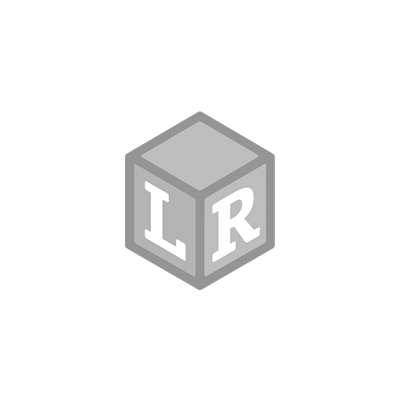

In the past, a lot of people used vinegar and food coloring to dye rice to for sensory bins. Using paint is quick, easy, and won’t leave your hands blue. Plus, if kept dry, this rice will last forever. This would even be a fun activity to do WITH your students. They will be amazed by the process!
Step 1: Add a few cups of rice to the plastic bag, and squirt the paint in

Step 2: Shake and squish the rice in the bag until it’s completely covered in the paint. Don’t be afraid to add more if you want more vibrant color!

Step 3: Spread the rice out on a tray or a pan in an even layer to dry. I like to put mine on wax paper, so there is less clean up. It dries pretty quick!

Step 4: Once dry, use your hands to break apart the rice until its loose.

For this activity, I made green, blue, and lime green rice for fun, spring colors. Once all the colors were dry, I mixed them up together in our bin.

Add some scoopers and cups, and your students will have a blast!
Dino-Sorters Sensory Bin
When I put together sensory bins for the classroom, I love throwing counters or other manipulatives to add a skill component. For fine motor development, I offer plastic tongs and tweezers for students to use to pick out the objects from the rice, which helps build up those finger muscles for pre-writing.
For this bin, I used the Counting Dino-Sorters Math Activity Set from Learning Resources. I love how this set works on a number of skills in one activity and can be easily differentiated based each student’s ability level. I put the dinosaurs in the rice, and set the dinosaur eggs to the side.

Students can sort the dinosaurs by color, count the dinosaurs needed to fill each egg, match the dinosaur egg tops and bottoms by color, or put the eggs in order from 1-10, or in descending order from 10 to 1. To challenge your students, you could always have them compare the amounts in the eggs or complete simple addition or subtraction story problems (i.e. I have 3 dinosaurs in this egg, if one of my dinosaurs jumps back into the water, how many dinosaurs are left in the egg?). The possibilities are endless!
With this activity, students are working on:
-fine motor skills-color identification
-number identification
-one to one correspondence
-counting
-early addition/subtraction
After students complete the activity, allow them time to play! Lots of learning happens when students are engrossed in imaginary play. Not only does play benefit students’ social development, but it also enhances language and communication development as well.

Save it for later!
Sensory Dinosaur Terrarium
Materials Needed:
- Jumbo Dinosaurs
- Helping Hands Fine Motor Tool Set
- Container – We used a “coconut” planter for an added touch of sensory and balancing (it is a wobbly container, so the weight of the items inside needed to be distributed evenly- tricky!)
- Rocks – we found the bags of rocks at the Dollar Tree, and they were the perfect size for the helping hands tools!
- Marble Pebbles (flat pebbles are great for in-hand finger manipulation)
- Succulents (This fun pretend “use again and again” succulents are from the Dollar Tree)
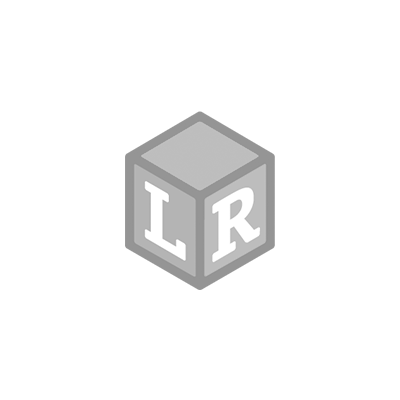

Step 1:
- Using the helping hands toolset items, fill the terrarium container with rocks (dirt, sand, etc.). The rocks were perfect for the tongs pictured (great for practicing scissor skills, coordination, as well as strengthening)
Step 2:
- Add marble pebbles (we chose blue and white ones to give it a “water” effect)
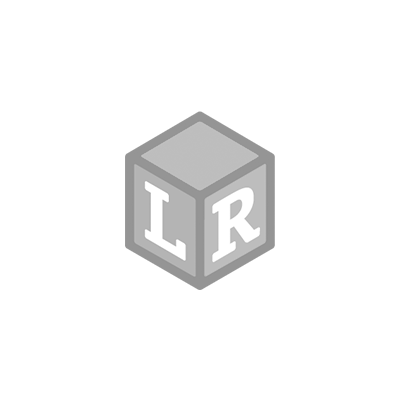

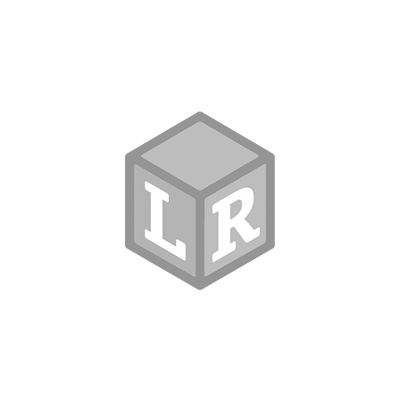

Step 3:
- Plant succulents and create a dino-scape. Using tweezers to carefully place the succulents around the terrarium works on motor planning, along with more finger and hand strengthening – all of which will develop those underlying skills need for future handwriting!
Step 4:
- Add your dino’s!
Variation: We also used all of the same materials for an indoor water play version using an oven tray.
The materials selected for this activity help to develop lots of intrinsic hand muscles and joints, along with visual and motor coordination! For younger kiddos, you can always remove the use of the tools and have them use their fingers and hands – for the older kiddos, you can always add more challenges by having them use the tools and more detailed coordination to create their terrarium. This is a fun activity that can grow with the kiddo as their skills progress!
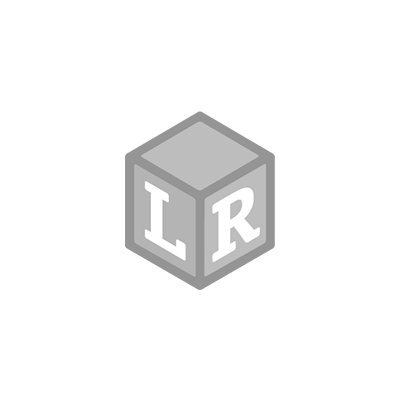

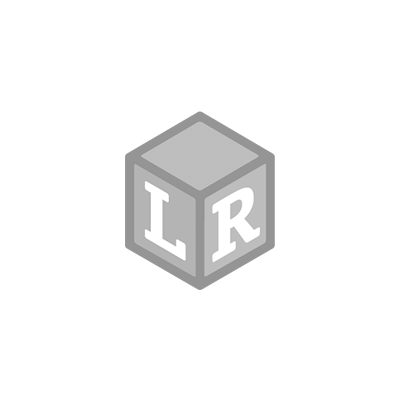

 Shop UK Site
Shop UK Site 
